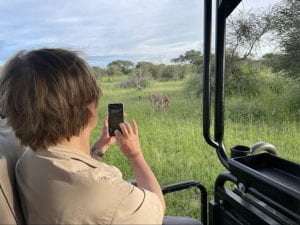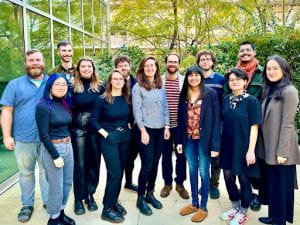Chung on YouTube
PulanSpeaks is a Guam-based YouTube-channel devoted to the creating and sharing of video discussions of cultural and political issues affecting Pacific island cultures and communities. It is hosted by Edward Leon Guerrero, who became a cultural and language activist as an undergraduate at the University of Guam. In the most recent installment of PulanSpeaks (April 15th), Guerrero hosted Professor Emerita Sandy Chung in a discussion of her career-long commitment to the study of the Chamorro language (or Chamoru as it is known in Guam), and of the character, origin, and history of the language. They also consider the issues that the language currently faces in the Mariana Islands, and the history of her own involvement with the language and its communities.


